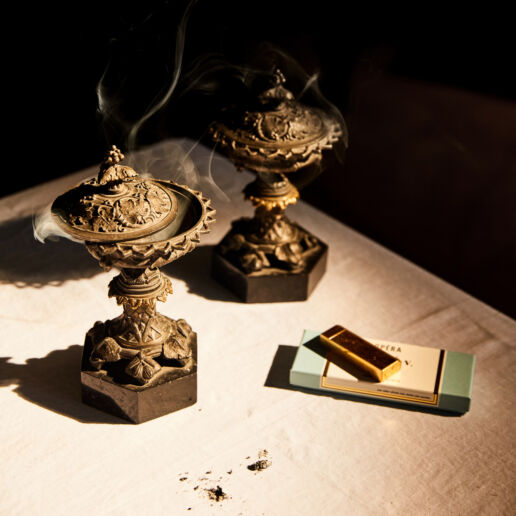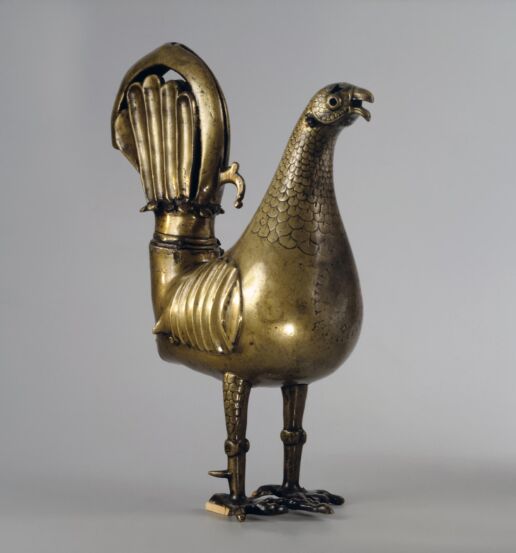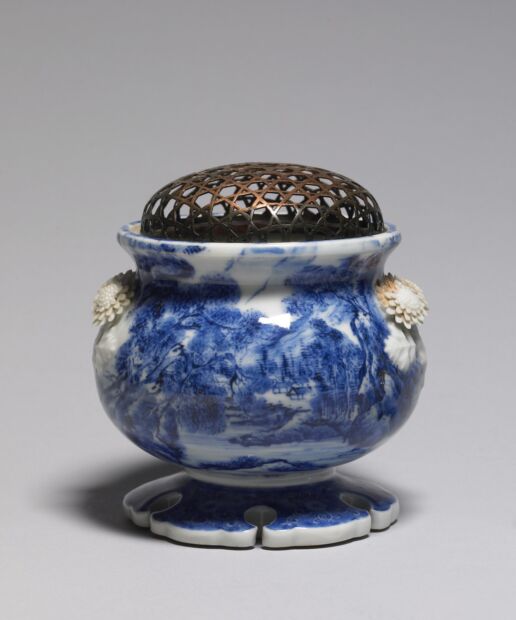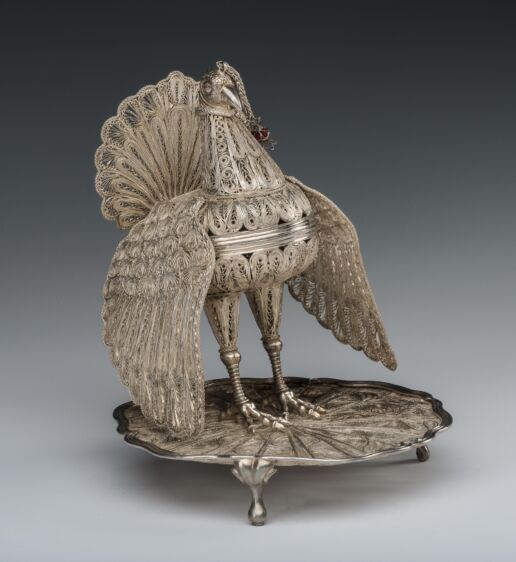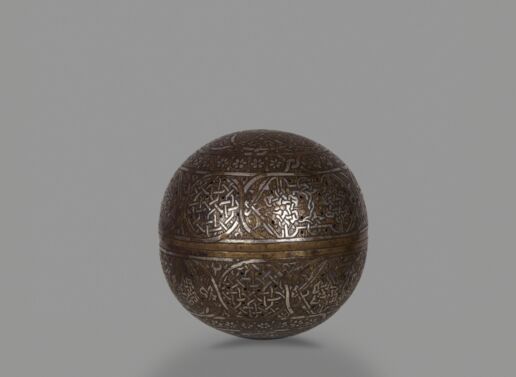THE HISTORY OF INCENSE AND CENSERS
Defining a scent or smell as good or bad is more than putting aesthetic choices into words. Incense appeared in perhaps the darkest days of world history and became a spiritual expression and a practical solution to specific needs.
Describing scents and smells for their good or bad qualities conveys spiritual and practical concerns inherent in human history and different cultural chronologies. Throughout history, regardless of period and geography, pleasant scents have been associated with various virtues, good spirits, and gods, whereas foul smells have been associated with disease, evil, and demons.
Scents and associated paraphernalia recount the greatest hopes and fears of different cultures from a time that is very different from today. Shamans and Khampas used scents to guide and heal hunter-gatherer groups and mediated their prayers for protection from invisible forces. Ancient people burnt fragrant tree bark, resin, and fruits they had foraged as smoke votives to the spirits. By doing this, they believed they were sending gifts to invisible forces and communicating with spirits by inhaling these fumes. They also tried to heal or subdue the souls of possessed individuals (the diseased, mentally ill, etc.) through exorcizing.
Incense appeared in perhaps the darkest days of world history and became a spiritual expression and a practical solution to specific needs.
When humans first settled down near water sources with the agricultural revolution, they initially used the fragrant flora and fauna in their immediate environment. In time, they sourced fragrances from distant geographies with the development of maritime trade and the expanding land routes such as the Silk Road and the Incense Trade Route.
In ancient times, censers made of different materials were placed in special niches in houses to protect them from disease, for hospitality rituals, and as an expression of social status. Censers were also burned during funerary ceremonies and as physical representations of their Gods in early temples.
People have been in search of pleasant scents since the beginning of time. There never seems to be enough. The desire to find the most unique, most pleasant, and most prized scent prevails.
In time, the raw materials used to make incense were used in different forms, such as tinctures, perfumes, and potions obtained with solvents and various processes like boiling. Nevertheless, fragrant smoke has remained an integral element of daily and spiritual life since humans discovered fire.
Various fixed furniture and objects in different forms have been used throughout history to burn incense.
Among them are mussel shells, animal horns, stone bowls, marble altars, brass or cast-iron cauldrons, censers made of different metals and clay, long-handled or free-standing incense holders adorned with jewelry…
Burning incense is still a tradition in many parts of the world for different reasons including warding off evil, cleansing energy, or simply providing a pleasant fragrance. Yet, there are many more medical, cultural, and mythological aspects waiting to be discovered.
JAPAN
This late 19th-century Japanese censer reveals the modest and functional values of Japanese culture. The bronze lattice cap with a star motif releases the fragrant smoke from the incense burning on the embers; with the belief that the rising smoke eventually reached the stars where spirits lived.
About Rana Babaç
Clinical Aromatherapist Rana Babaç Çelebi (MSc, PhD.C) conducts academic research on the relationship between fragrance and health in the “History of Medicine” doctoral program at Medipol University, School of Medicine. Currently, she is focused on recreating lost incense and perfume formulas from history under the Atelier Aromatherapy brand. Rana is the author of the book “Aromatherapy from soil to breath” and the founder of Turkey’s first online medicinal and aromatic plants database CerciYusuf.org in 2017. She and her husband have been growing medicinal and aromatic plants on their farm in Kaz Mountains, NW Turkey, since 2018,


